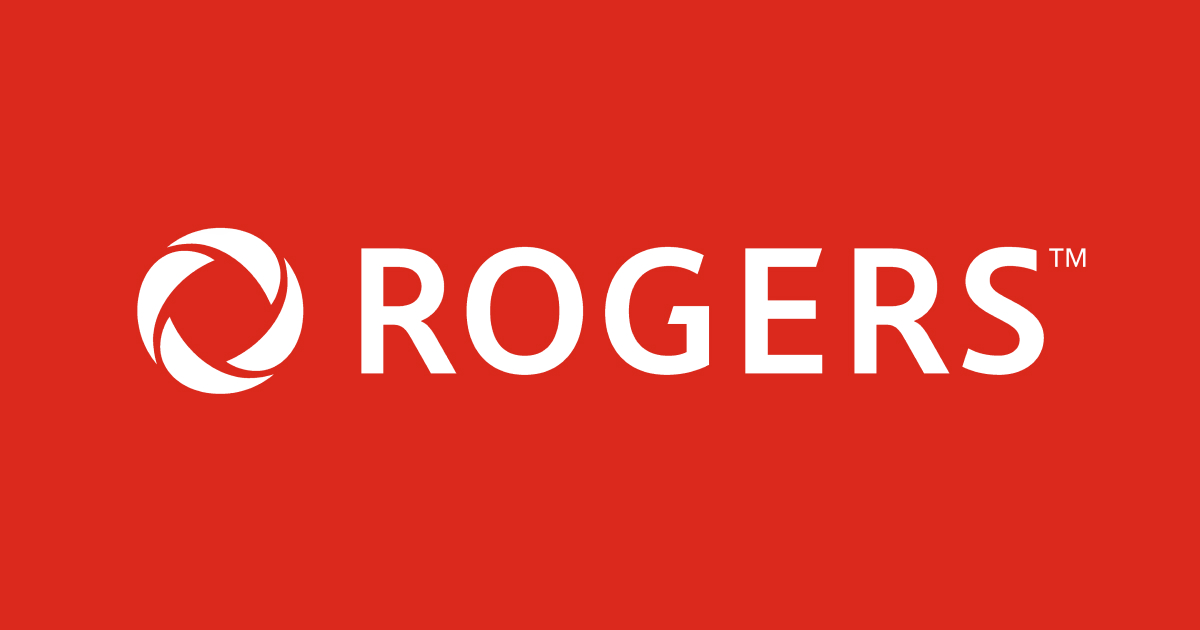Ethereum Classic vs Ethereum:
Ethereum Classic and Ethereum are two of the most popular blockchain platforms for building decentralized applications. While they share many similarities, they also have significant differences in their approach to governance, technology, and development. In this article, we will explore the similarities and differences between Ethereum Classic and Ethereum, and help you understand which platform might be the best fit for your needs.
Understanding Ethereum Classic
Ethereum Classic is a decentralized, open-source blockchain-based platform that runs smart contracts. It was created as a result of a hard fork from the original Ethereum blockchain in 2016, following the DAO (Decentralized Autonomous Organization) hack. The fork was created to restore funds lost in the hack, which led to a debate about the immutability of blockchain and the role of governance in decentralized systems. You can further explore the site ethereum-code.me to learn more.
Unlike Ethereum, which operates under the guidance of the Ethereum Foundation and a team of developers, Ethereum Classic operates as a completely decentralized platform with no centralized control. The codebase of Ethereum Classic is maintained by a community of developers who contribute to the platform’s growth and development.
Ethereum Classic also uses a proof-of-work (PoW) consensus mechanism, which relies on miners to validate transactions and add them to the blockchain. This is in contrast to Ethereum, which is transitioning to a proof-of-stake (PoS) consensus mechanism, where validators stake their cryptocurrency to secure the network.
Understanding Ethereum
Ethereum is a decentralized, open-source blockchain-based platform that runs smart contracts. It was launched in 2015 by Vitalik Buterin, to provide a platform for developers to build decentralized applications.
One of the key features of Ethereum is its programmability. Smart contracts can be written in Solidity, a high-level programming language, and deployed on the Ethereum blockchain. These smart contracts can automate the execution of complex transactions and agreements without the need for intermediaries.
Ethereum is also known for its transition from a proof-of-work (PoW) consensus mechanism to a proof-of-stake (PoS) mechanism. This transition is expected to improve the security and scalability of the network, as validators stake their cryptocurrency to secure the network instead of relying on mining.
The Ethereum Foundation is responsible for the governance and development of the Ethereum platform. It is a non-profit organization that supports the development of the platform, promotes education and adoption of blockchain technology, and funds research and development.
Differences between Ethereum Classic and Ethereum
Ethereum Classic and Ethereum use different blockchain structures and technologies. Ethereum Classic uses the original Ethereum blockchain, which is based on a proof-of-work (PoW) consensus mechanism. In PoW, miners compete to validate transactions and add them to the blockchain, consuming large amounts of energy in the process. Ethereum, on the other hand, is transitioning to a proof-of-stake (PoS) mechanism, where validators stake their cryptocurrency to secure the network.
Ethereum Classic operates as a completely decentralized platform with no centralized control. There is no foundation or centralized development team responsible for the platform’s development or decision-making process. Instead, the community of developers and users collectively contribute to the development and maintenance of the platform. Ethereum, on the other hand, has a more centralized governance structure, with the Ethereum Foundation responsible for the platform’s development and governance.
Etherum has a larger community and a more active development ecosystem than Ethereum Classic. This is partly due to the Ethereum Foundation’s efforts to promote and support the platform’s development. Ethereum has a larger pool of developers building applications and contributing to the ecosystem, as well as a larger number of users and businesses utilizing the platform. Ethereum Classic, on the other hand, has a smaller community and development ecosystem, but some argue that its emphasis on immutability and decentralization makes it more attractive to certain developers and users.
Ethereum is expected to have better security and scalability with the transition to PoS. PoS reduces the likelihood of a 51% attack, which is where a group of miners control more than 50% of the network’s mining power and allows for more efficient use of network resources. Ethereum Classic, on the other hand, remains reliant on PoW, which is less energy-efficient and potentially vulnerable to attacks. However, Ethereum’s transition to PoS is still ongoing and is not yet complete, and some argue that PoW still provides a high level of security.
Conclusion
In conclusion, Ethereum Classic and Ethereum are both powerful platforms with unique strengths and weaknesses. Whether you prioritize decentralization, security, scalability, or community, both platforms offer opportunities for innovation and growth in the world of decentralized applications. As the blockchain industry continues to evolve, it’s important to stay informed about the latest developments and make informed decisions about which platforms to use and support.
































